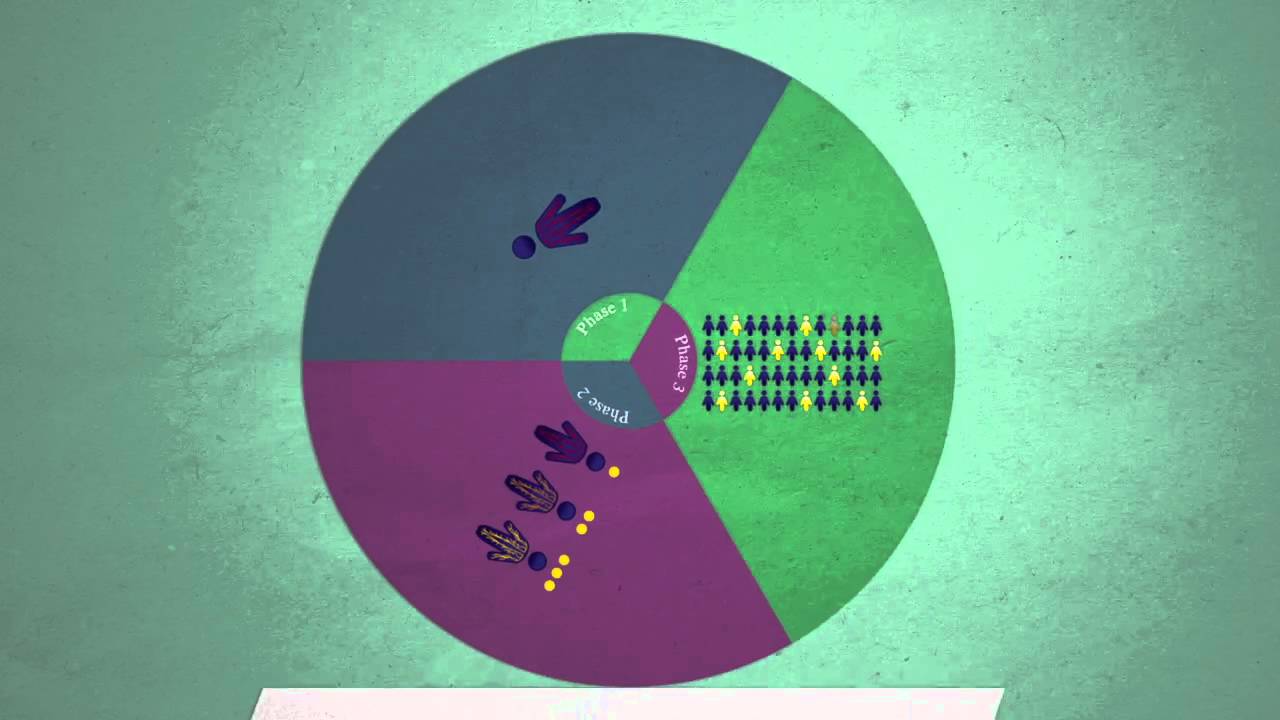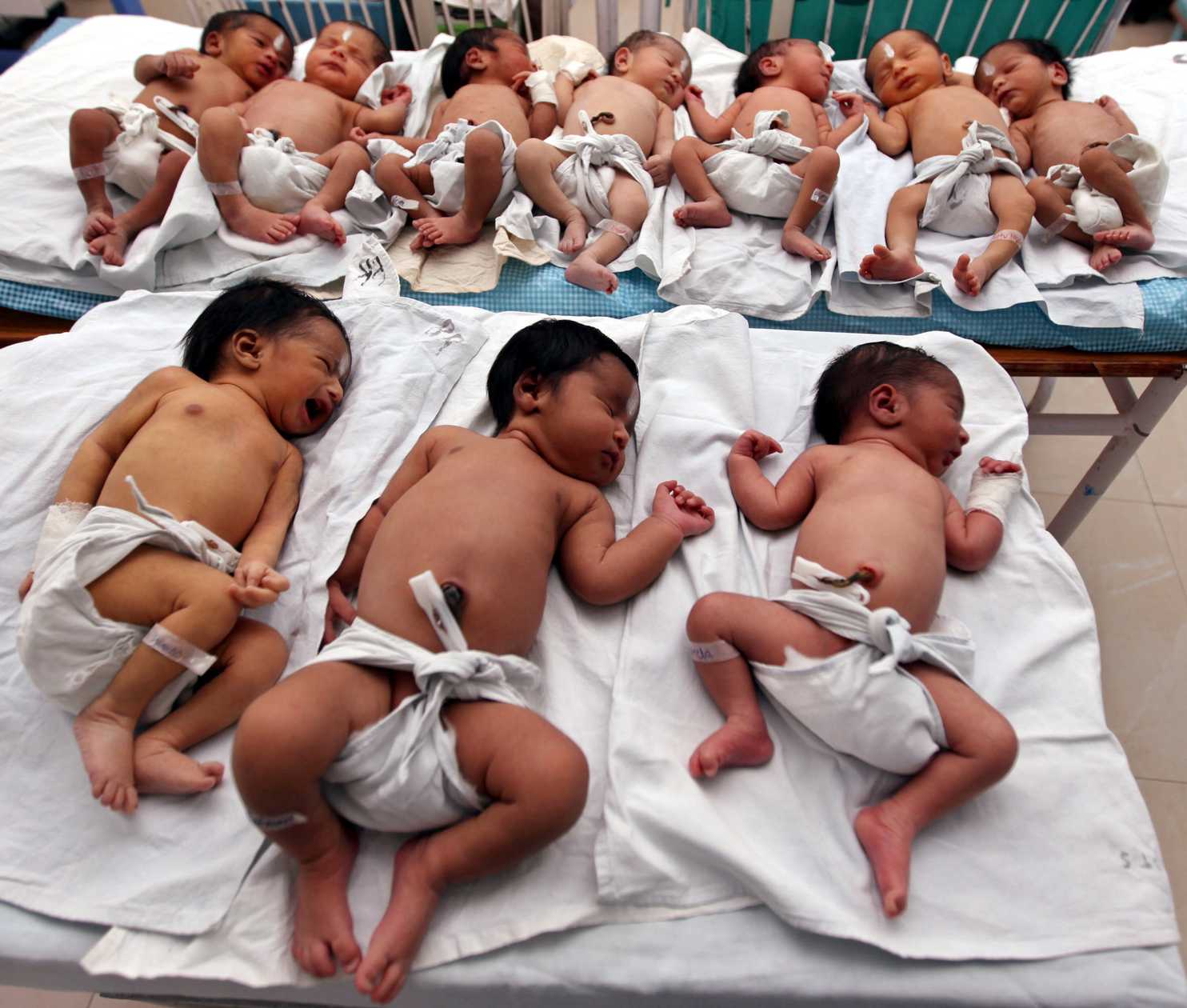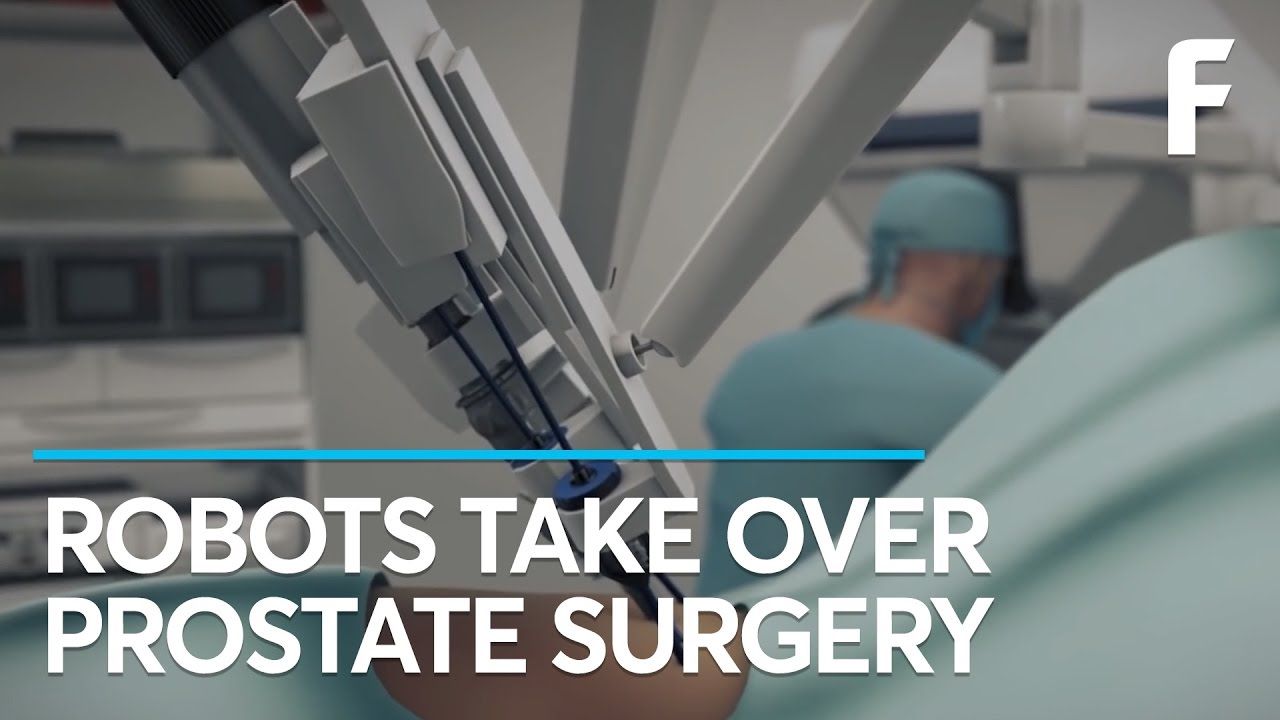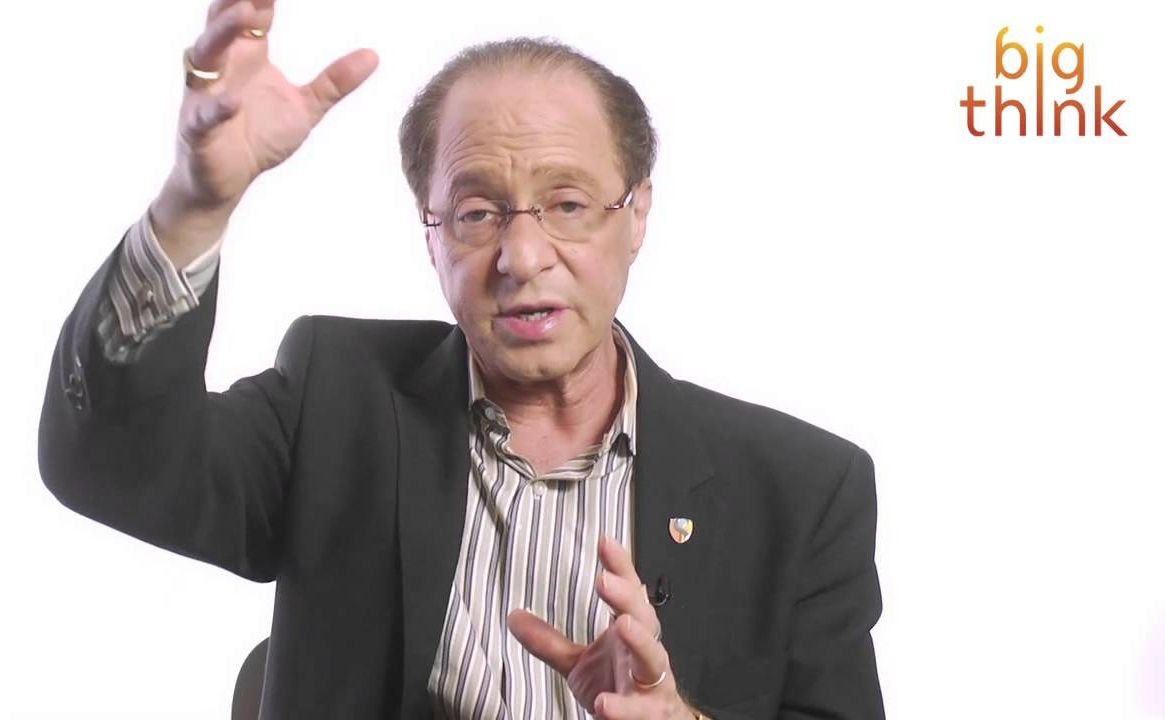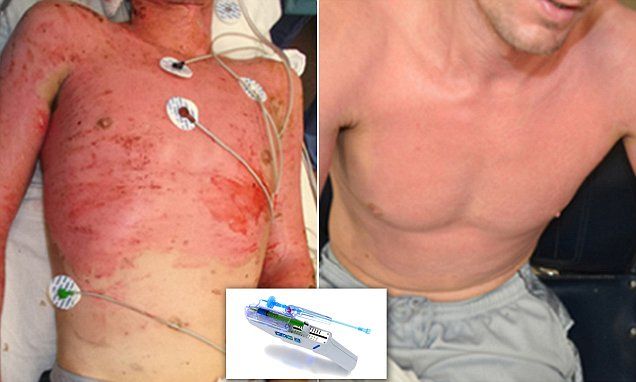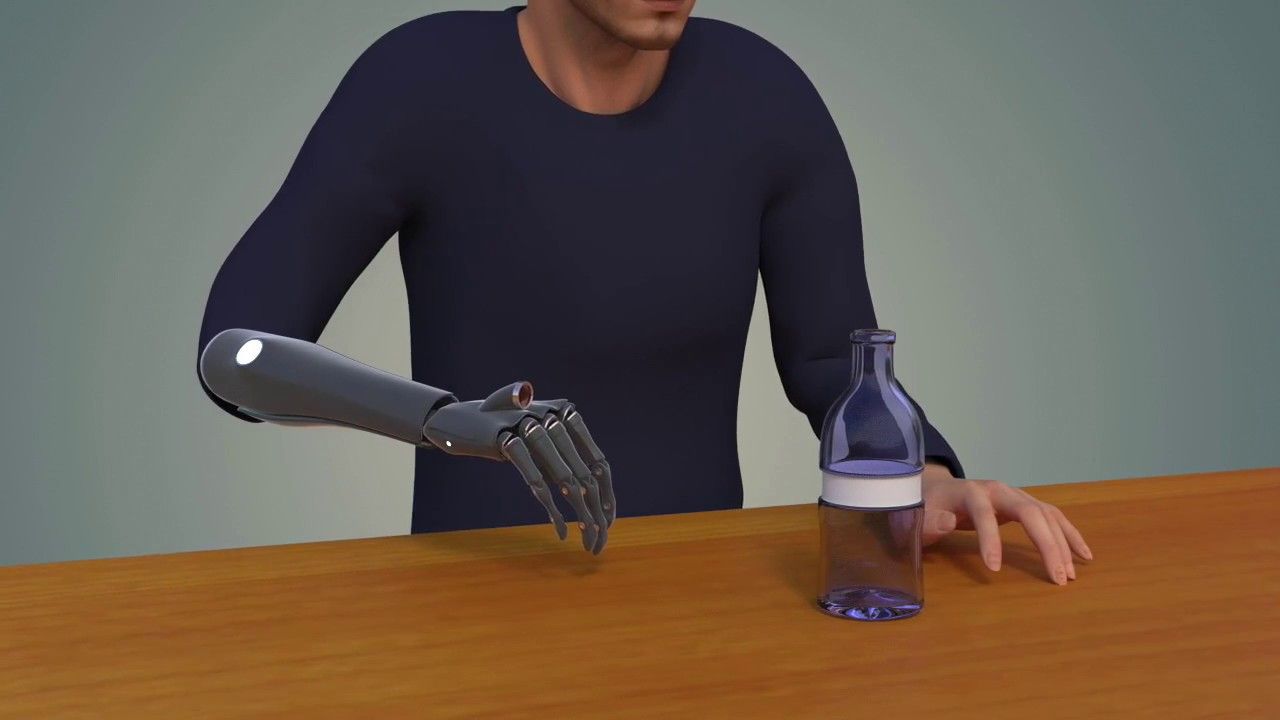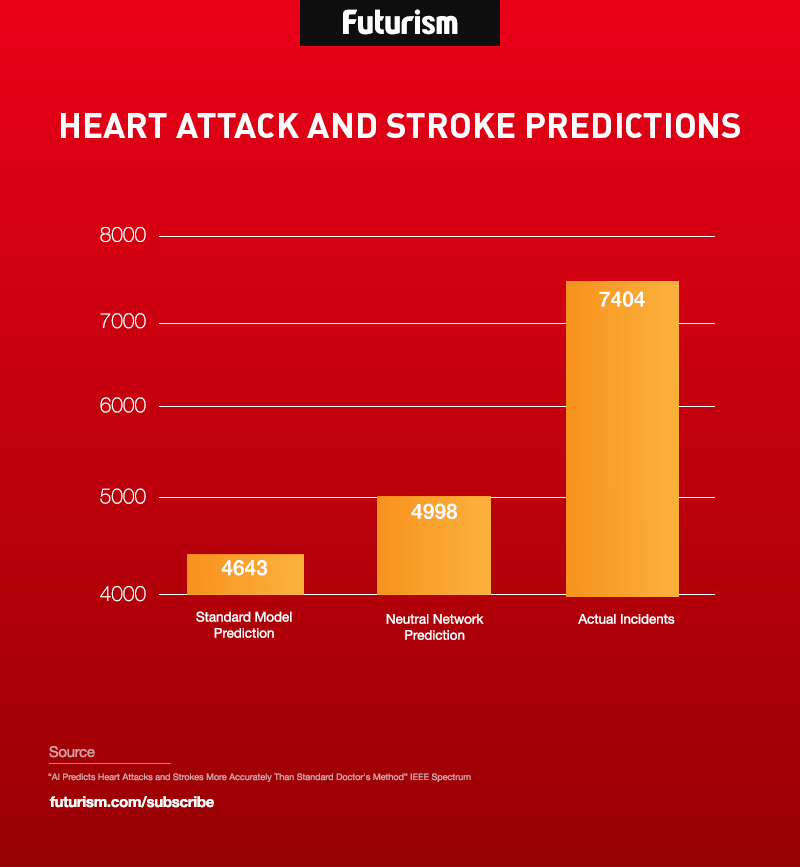
My new article at Wired UK: http://www.wired.co.uk/article/basic-economy-neural-prosthetics #Future #BasicIncome
But it’ll take more than just a mind tapped into the cloud to be widely competitive in the overall job market. Augmented limbs, bionic organs, and widespread use of exoskeleton technology will be needed to compete against robotic strength.
For years I’ve been supportive of a basic income, which would provide a monthly income for the poor – mostly because I saw it as the only logical way to keep people fed and housed, while still allowing for technological and economic evolution. Now, with neural prosthetics and upgraded bodies, I see the future may, instead, be full of capitalistic enterprise, fuelled by transhumanist technologies that allow us to more closely resemble the machines.
That’s not to say I’m abandoning my views on basic income. Instead, I believe there will be another aspect to the future economy that isn’t only for the robot and AI manufacturers, but for hundreds of millions – maybe billions – of people willing to use tech to compete against machines. A future motto of humanity and capitalism might be: “If you can’t beat a machine, become one.” As a radical science and technology advocate, that’s a philosophy I can support.
Zoltan Istvan is a futurist, author of The Transhumanist Wager, and a Libertarian candidate for California Governor.
Read more
